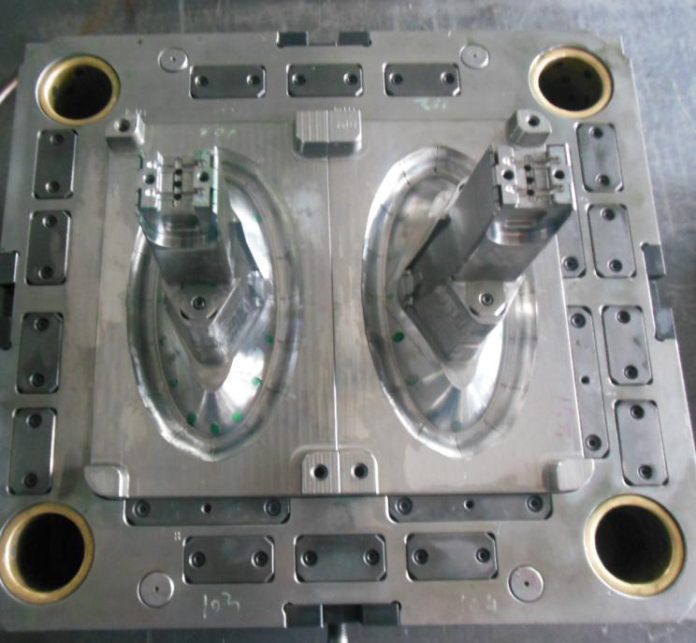Injection molding has changed the manufacturing game, making it possible to produce super complex plastic parts. With over 20 years in the injection molding industry this article will cover all things injection molding, techniques, benefits and trends.
What is Injection Molding?
Injection molding is a process of creating parts by injecting material into a mold. It’s used for plastic components and allows for high precision and repeatability.
How does it work?
The process involves:
- Material Preparation: injection machine melt raw plastic pellets.
- Injection: barrel inject melted plastic into a mold under pressure.
- Cooling: The material cools and solidifies in the mold.
- Ejection: eject the part from the mold.
This process can be done very fast, making injection molding a very efficient process.
Benefits of Injection Molding
Injection molding has many benefits that makes it a go to for manufacturers:
- Fast Production: Manufacturers can produce large quantities of parts quickly.
- Cost Effective: Once the mold is made, manufacturers find that each part is relatively cheap to produce.
- Design Flexibility: Injection molding allows manufacturers to achieve complex shapes and designs.
- Material Options: Manufacturers can use many materials, including thermoplastics and thermosetting plastics.
- Minimal Scrap: The process generates very little scrap compared to other manufacturing methods, benefiting manufacturers.
Injection Molding Techniques
Knowing the techniques in injection molding will help manufacturers choose the right one for their needs. Here are some of the most common:
- Conventional Injection Molding
This is the standard method where manufacturers inject melted plastic into a mold. It’s good for most applications and provides a good balance of cost and quality.
- Gas Assisted Injection Molding
In this method, manufacturers inject gas into the mold along with the plastic. This reduces the amount of material needed and allows for lighter parts.
- Multi Shot Injection Molding
This is where manufacturers use multiple materials or colors in one mold. It is good for complex parts that require different properties.
- Insert Moulding
Manufacturers perform insert molding by inserting metal or other materials into the plastic part during the injection process. This adds strength and functionality to the final product.
- Blow Moulding
Not strictly injection molding, manufacturers use blow molding for hollow parts like bottles. They inflate a heated plastic tube until it conforms to the mold.
Applications of Injection Moulding
Injection moulded part is used in many industries:
- Automotive: Interior and exterior components.
- Consumer Goods: Containers, toys and household appliances.
- Medical Devices: Precision parts that meet regulatory standards.
- Electronics: Housings and parts for electronic devices.
Injection Moulding Trends
The injection moulding industry is changing. Here are some of the trends:
1. Sustainability
With the environment becoming a bigger concern, many manufacturers are looking into sustainable materials and processes. This includes using recycled plastics and reducing energy consumption.
2. Advanced Robotics and Automation
Automation is making the injection moulding process more efficient and cheaper. Robotics are being used for tasks like loading materials and handling finished parts.
3. Smart Manufacturing
The integration of IoT (Internet of Things) in injection moulding machines allows real-time monitoring and data analysis to improve production and quality control.
Injection Moulding Challenges
Despite the advantages, injection moulding has its challenges:
- High Upfront Costs: The cost of designing and making the mould is high.
- Material Limitations: Not all materials can use injection moulded.
- Cycle Time: While fast, the cycle time is longer for complex parts.
Summary
Injection moulding is the backbone of modern manufacturing, it’s fast and versatile. Knowing the techniques, benefits and trends will help manufacturers make the right decisions.For more insights into China injection moulding, visit Plastic Moulds. If you’re interested in plastic moulds, check out My Plastic Mold.
Table: Comparison of Injection Molding Techniques
| Technique | Advantages | Disadvantages |
|---|---|---|
| Conventional Injection Moulding | Cost-effective, versatile | Limited to single material |
| Gas-Assisted Injection Moulding | Reduces material use, lightweight | More complex machinery required |
| Multi-Shot Injection Moulding | Color and material variety | Higher mold costs |
| Insert Moulding | Enhanced strength | Requires precise alignment |
| Blow Moulding | Ideal for hollow parts | Limited to specific shapes |








